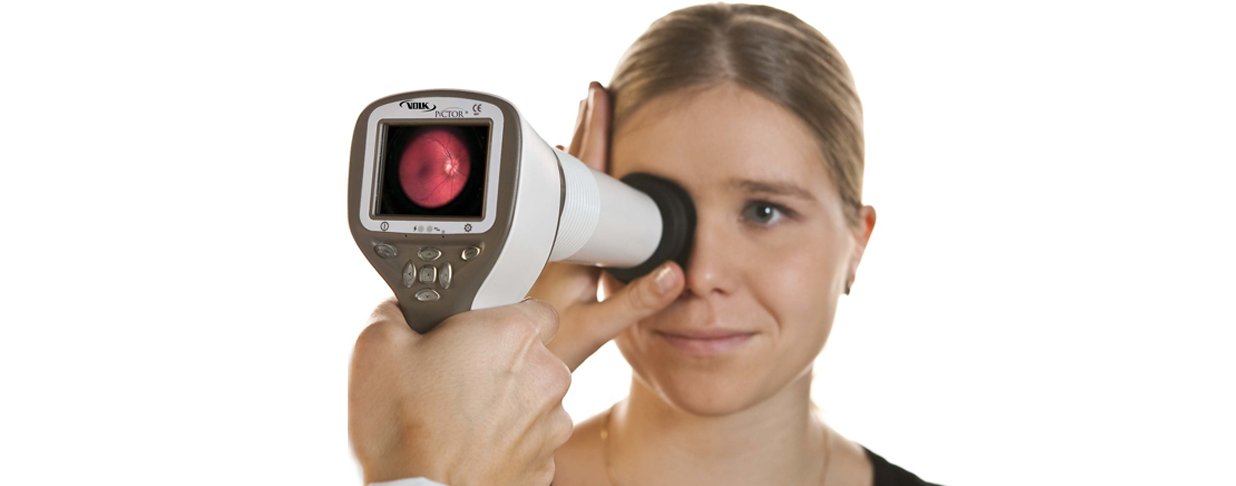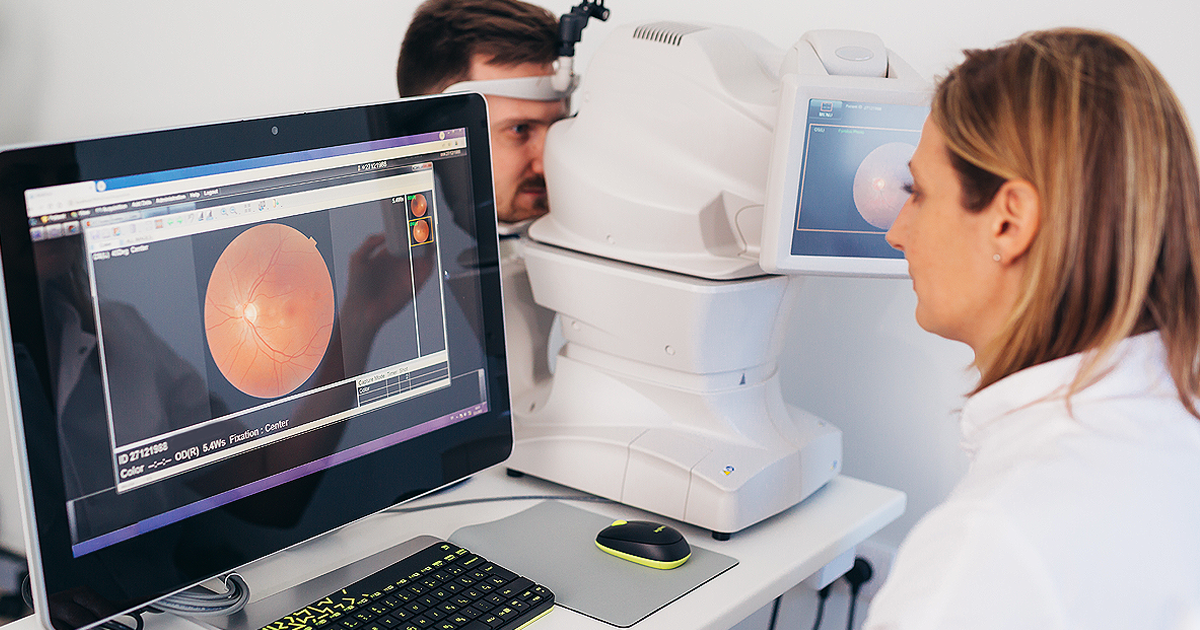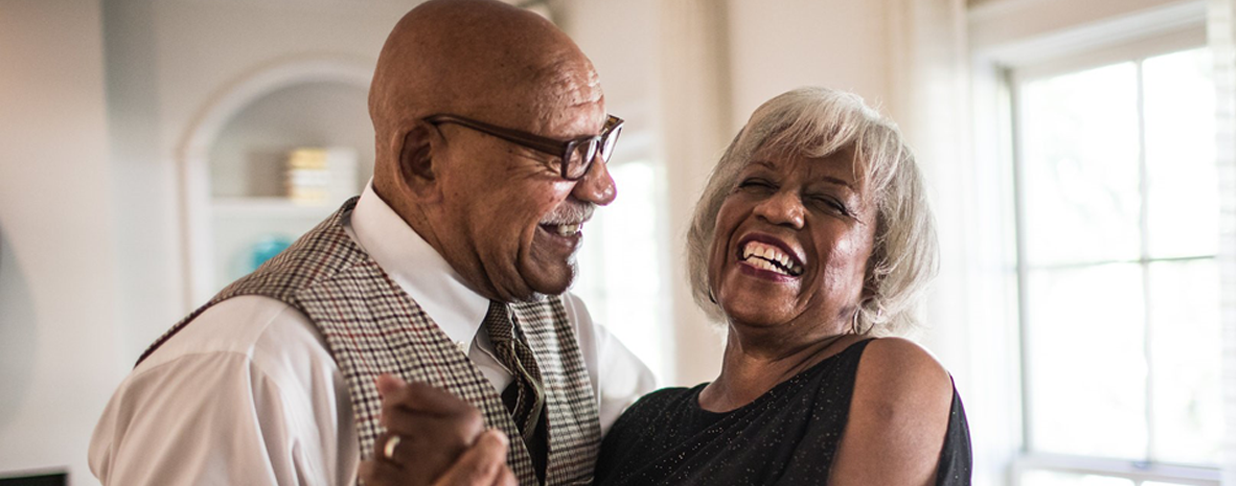Women tend to be caretakers: They look after their families at home and sometimes their colleagues at work. They keep the calendar updated and manage all the moving parts of an increasingly busy lifestyle. Yet the one place where many women come up short? Looking after their own health care—particularly their eyesight.
That’s why Prevent Blindness recognizes April as Women's Eye Health & Safety Month and shares its Women's Healthy Eyes Now education campaign to make women aware of their eye health risks and ultimately empower them to take action to protect their vision.
The numbers tell a story: higher vision impairment among women
According to Prevent Blindness, women typically manage family health issues for everyone from children to spouses and aging parents, but overlook their own vision health. What’s more, their study found women are often not even aware of their risks, and that’s a huge issue since women make up the majority of the more than 4.4 million Americans over 40 who are visually impaired. (1)
Eye disorders are more prevalent in women because women live longer, go through age-related hormonal changes, are more prone to autoimmune diseases and are more likely to endure specific cancer treatments that can affect vision, according to the National Eye Institute. (3)
Prevent Blindness shares these rather startling statistics showing women suffer from a number of vision issues at a much higher rate than men (2):
• Blindness: 66% higher likelihood than men
• Age-related macular degeneration: 65% higher likelihood
• Vision impairment: 63% higher likelihood
• Glaucoma: 61% higher likelihood
• Cataract: 61% higher likelihood
• Refractive error: 56% higher likelihood
Also, 3 million women suffer from dry eye—compared to 1.5 million men—and the condition becomes more common for women after menopause. (1)
The Prevent Blindness campaign information also points to a 2014 Harris Poll finding that 91% of women didn’t realize they have a much greater likelihood of permanent vision loss than men do. (2) A little education could go a long way.
What can women do?
Prevent Blindness’ first piece of advice is simple--the best way to preserve healthy vision is to get an annual comprehensive eye exam that can detect problems early and enable timely treatment if necessary. As with any medical issue, the sooner a problem can be diagnosed and addressed, the better the chance of a successful outcome. That’s why vision benefits can be so important to have.
Additionally, Prevent Blindness recommends that all women:
• Stop smoking
• Take nutritional supplements that support vision health
• Wear UV-blocking sunglasses
• Get educated on their family health history
• Use cosmetics and contact lenses safely and carefully
• Watch for vision changes related to hormonal balance during pregnancy and should make an appointment with their eye doctor if they’re diagnosed with diabetes or gestational diabetes.(2)
What can companies do?
Women need information about their vision health and related risks, in addition to support to get their eyes checked regularly. That’s where employers and benefit brokers can help.
First, take a look at our Woman’s Guide to Vision Health and consider sharing it with the women at your company.
Second, make sure you offer vision benefits that encourage annual, comprehensive eye exams and help keep vision members educated about vision care and their benefits.
Finally, download our EyeMed overview brochure and see how you can offer employees vision benefits that not only encourage them to care for their eyes, but make it easy to find an eye care provider who meets their needs and lets them choose the eyewear style or contacts they prefer. You’ll see why, with EyeMed, more employees enroll, use their benefits and visit an in-network provider.(4)
BL-1804-CB-472
1. “https://www.preventblindness.org/five-things-women-need-know-about-eye-health" - Five Things Women Need to Know about Eye Health,” Prevent Blindness.
2. https://www.preventblindness.org/see-jane-see - Prevent Blindness, See Jane See campaign." Accessed April 18, 2018.
3. “https://nei.nih.gov/hvm/womens-eyes" - Women are at Higher Risk for Visual Impairment and Blindness,” National Eye Institute.
4. EyeMed analysis of new business that transferred over from a prior benefits company, 2017.




